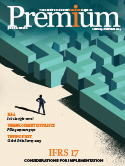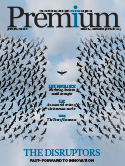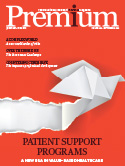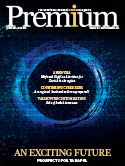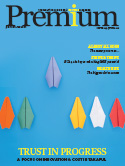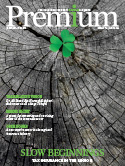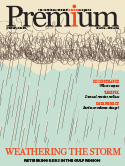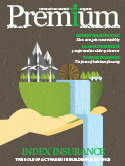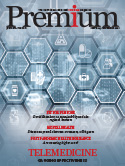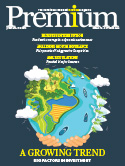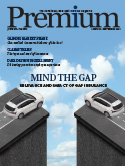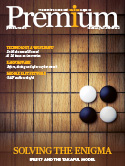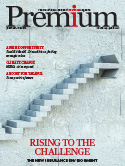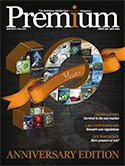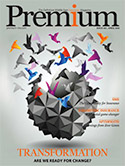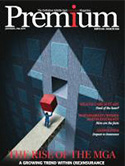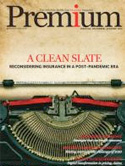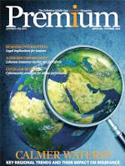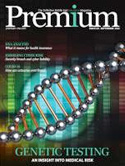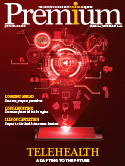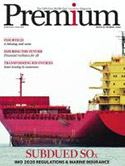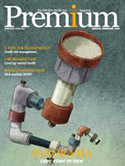AM Best: Global reinsurance outlook stable

AM Best’s outlook on the global reinsurance segment remains at ‘Stable’, as improved pricing trends for most business lines are offsetting growing claims uncertainty and the abundance of capital.
The events of 2020, dominated by the COVID-19 pandemic and the higher frequency of medium-sized catastrophe losses, exacerbated the focus on price. Global reinsurers generally have been able to absorb the exceptional shock from the pandemic despite material losses. Their balance sheets remain resilient; business has been renewed under more restrictive terms and conditions and at better rates. According to AM Best and Guy Carpenter’s latest estimates, dedicated capital in the global reinsurance segment was approximately USD520 billion as of year-end 2020.
After several years of struggling to meet their cost of capital, key players have started to turn the corner. However, considerable uncertainty about sizable COVID-related claims reserves— most of them incurred but not reported (IBNR)—which will take years to develop, remains.
Risk in general has become more difficult to model and price and therefore (re)insure, due to unexpected correlations in a highly interconnected world that is increasingly dependent on technology. New capital—so far still modest and being deployed cautiously—continues to enter the market. A lack of investment alternatives in the low interest rate environment is driving the growing focus on underwriting results. A change in economic trends, highly dependent on unpredictable government policies, may drastically change investors’ expectations.
The global commerce and business environment is rapidly evolving, becoming increasingly interconnected and dominated by intangible assets. Reinsurers need to be flexible and innovative in order to maintain their relevance within the broader economy. A higher share of uninsurable risks—because they are considered non-measurable, non-manageable, or systemic— translates into a smaller role for the (re)insurance industry.
Company-specific risk modeling and data will be essential for a better understanding of risks. Only the most innovative players may be in a position to succeed. Differentiation and innovation in product design should be critical to cover emerging and evolving risks.
Innovative risk management techniques should allow the slicing and dicing of different components of risk, contributing to a broader participation of capital markets for particular elements depending on investor appetite. Similar developments may enable closer cooperation with governments, to mitigate, identify, and isolate the most systemic elements of risk and transfer them to bespoke, publicly sponsored platforms.
Historically, the global reinsurance segment has endured numerous challenges from natural/ man-made catastrophes, low interest rate environments, adverse reserve development to intense competition. Despite these challenges, it has always met its claims-paying ability.
Despite differing opinions as to the sufficiency of rate improvements by product line, there is widespread agreement that price firming continues across the board. It is also clear that the reinsurance segment has been lagging primary writers and the retro market. Among reinsurers themselves, perceptions about rate improvements vary, depending on their particular business mix and recent claims experience.








